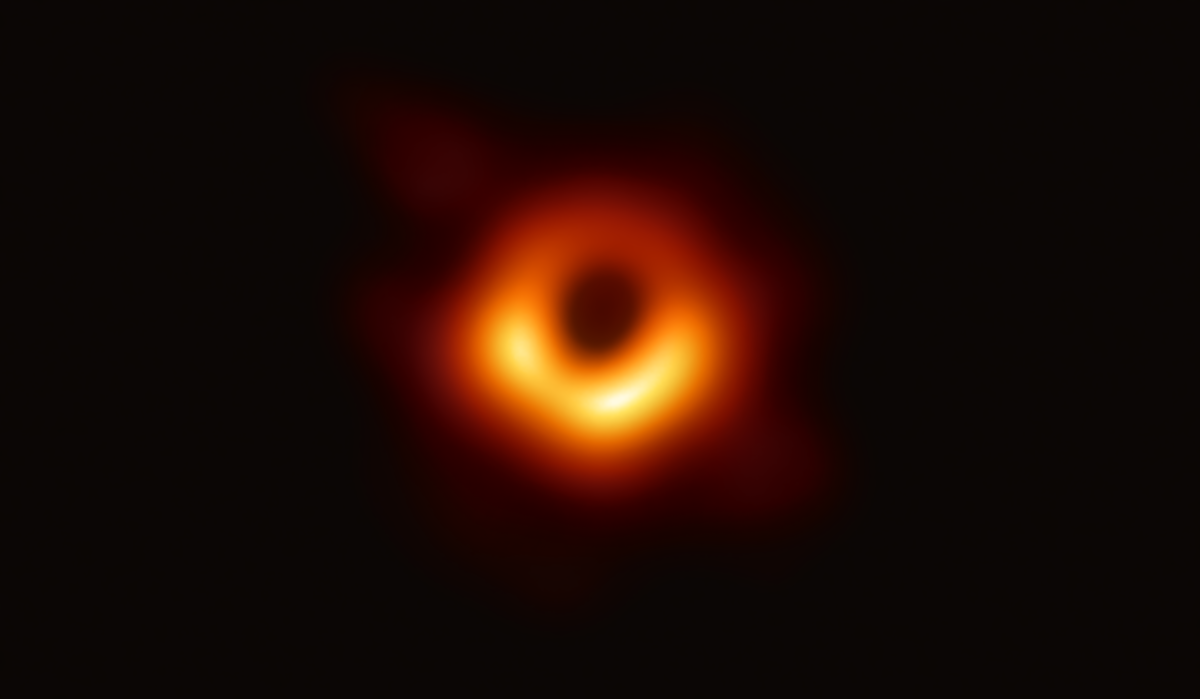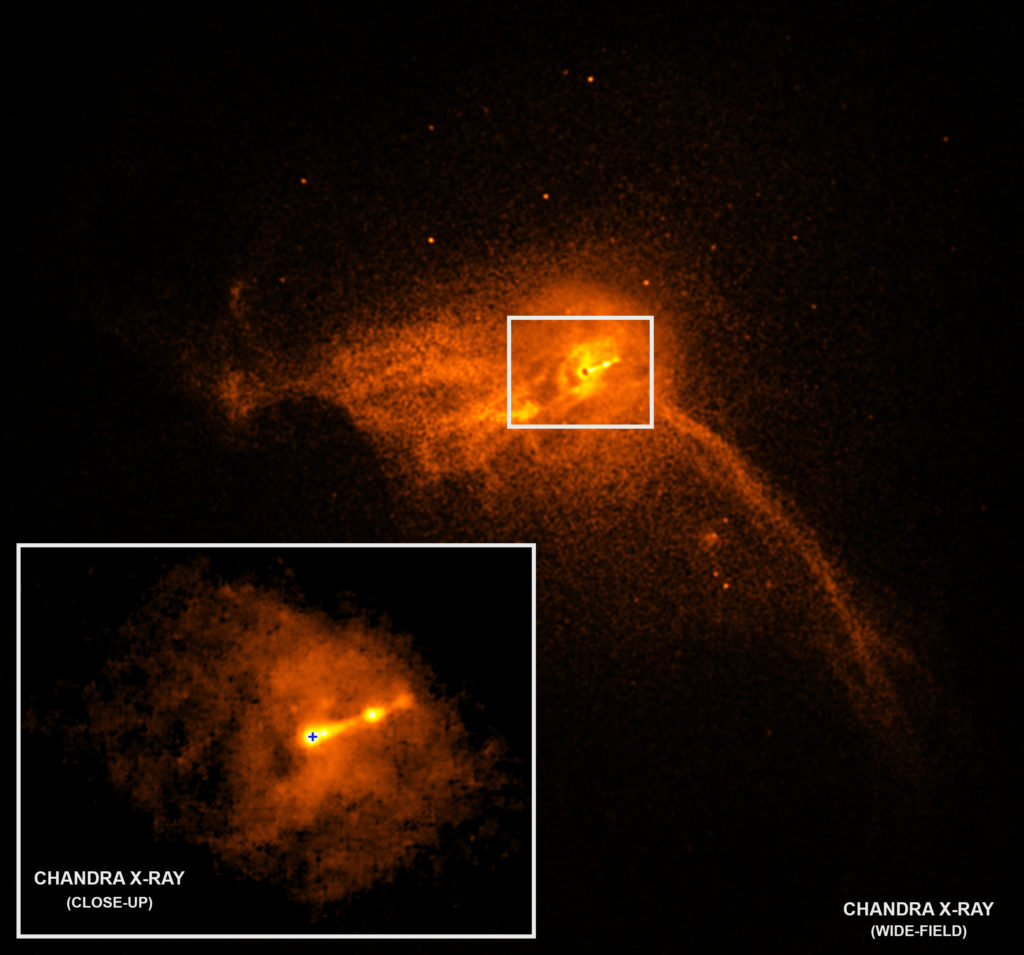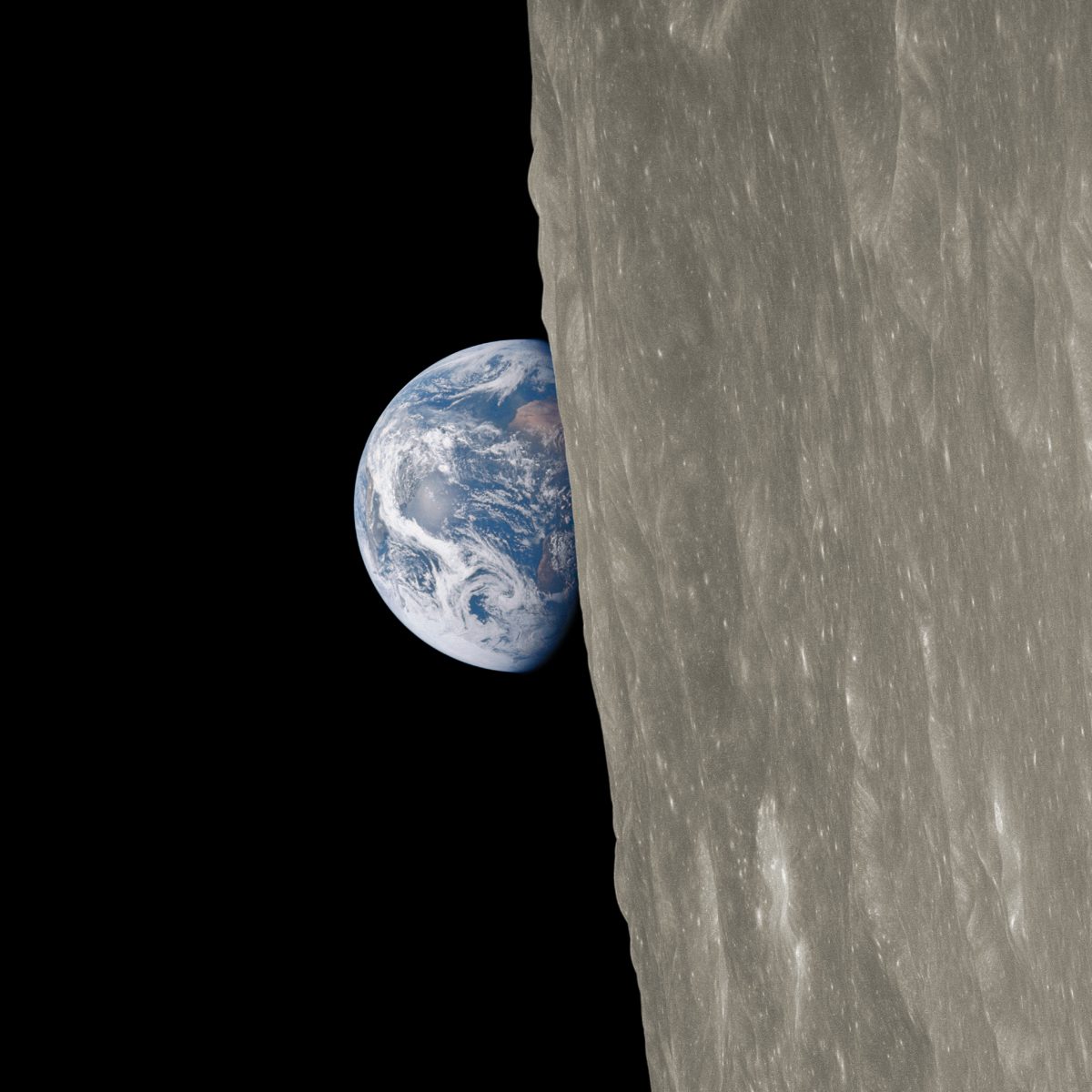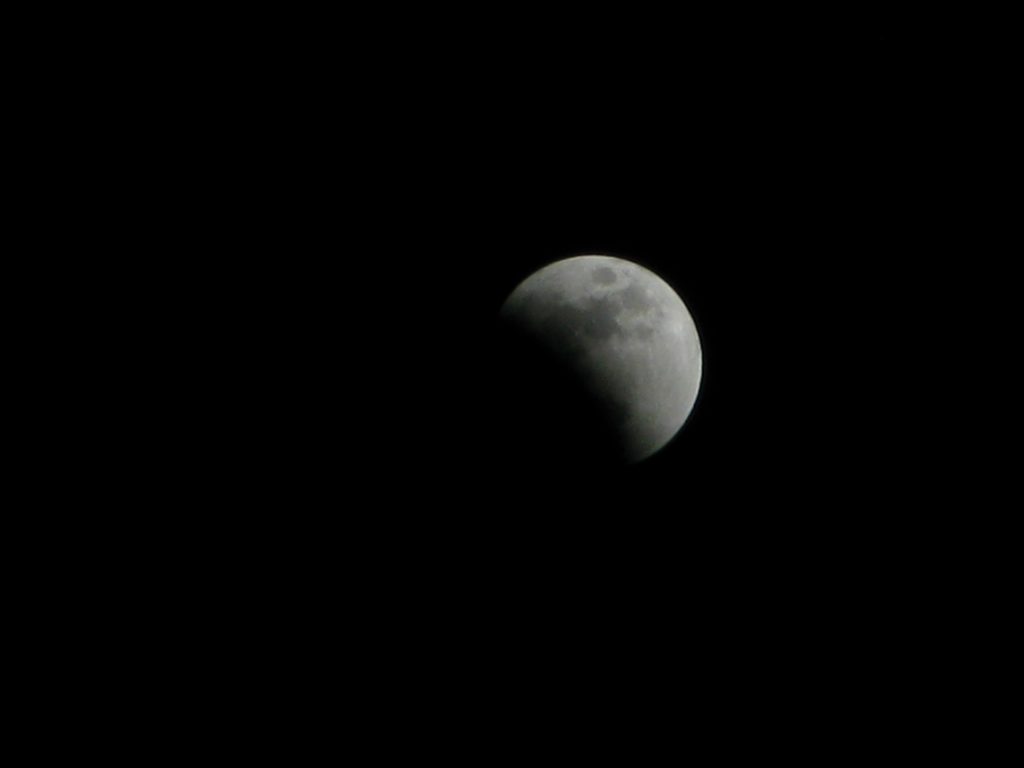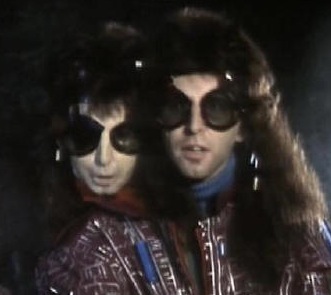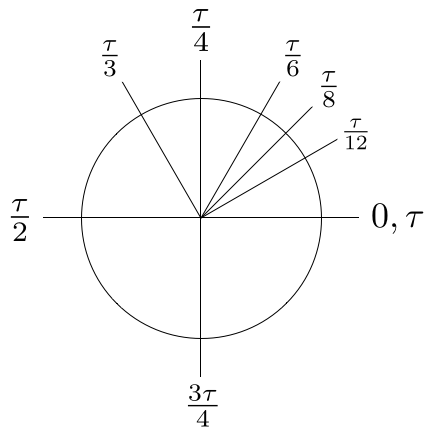The title of the article is “Stanford scientist, after decades of study, concludes: We don’t have free will” but I find this to be an equivalent statement. In a nutshell, an acclaimed neurobiologist asserts that every single decision we make is a deterministic product of our inputs and filters, rather than just being biased by them. For this to be true, our outputs are solely governed by our training data sets – our experiences, our emotions (chemical stimuli), etc. and not from any concept of sapience or sentience. We are reduced to LLMs, perhaps not running on a neural net at electronic timescales but instead on a chemical substrate. Instead of a stochastic parrot, we are chemical parrots.
The primary objection I have to this position is that it is reductionist, creating an unfalsifiable assertion. Apart from some multiversal shenanigans you can’t possibly create an experiment that can disprove it. If anything, Sapolsky is relying on Occam’s Razor (which is a terrible metric for science) while forgetting that absence of evidence is never evidence of absence.
I’ll definitely buy the audiobook version of his new book, Determined, though. I’m mostly through Skin in the Game and disagree with about 25% so far, this will be a challenge of a greater order.
